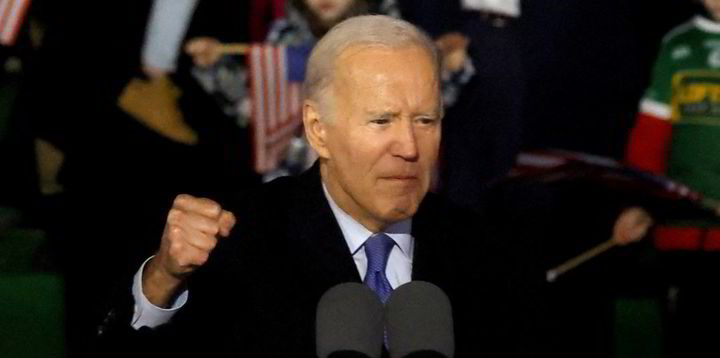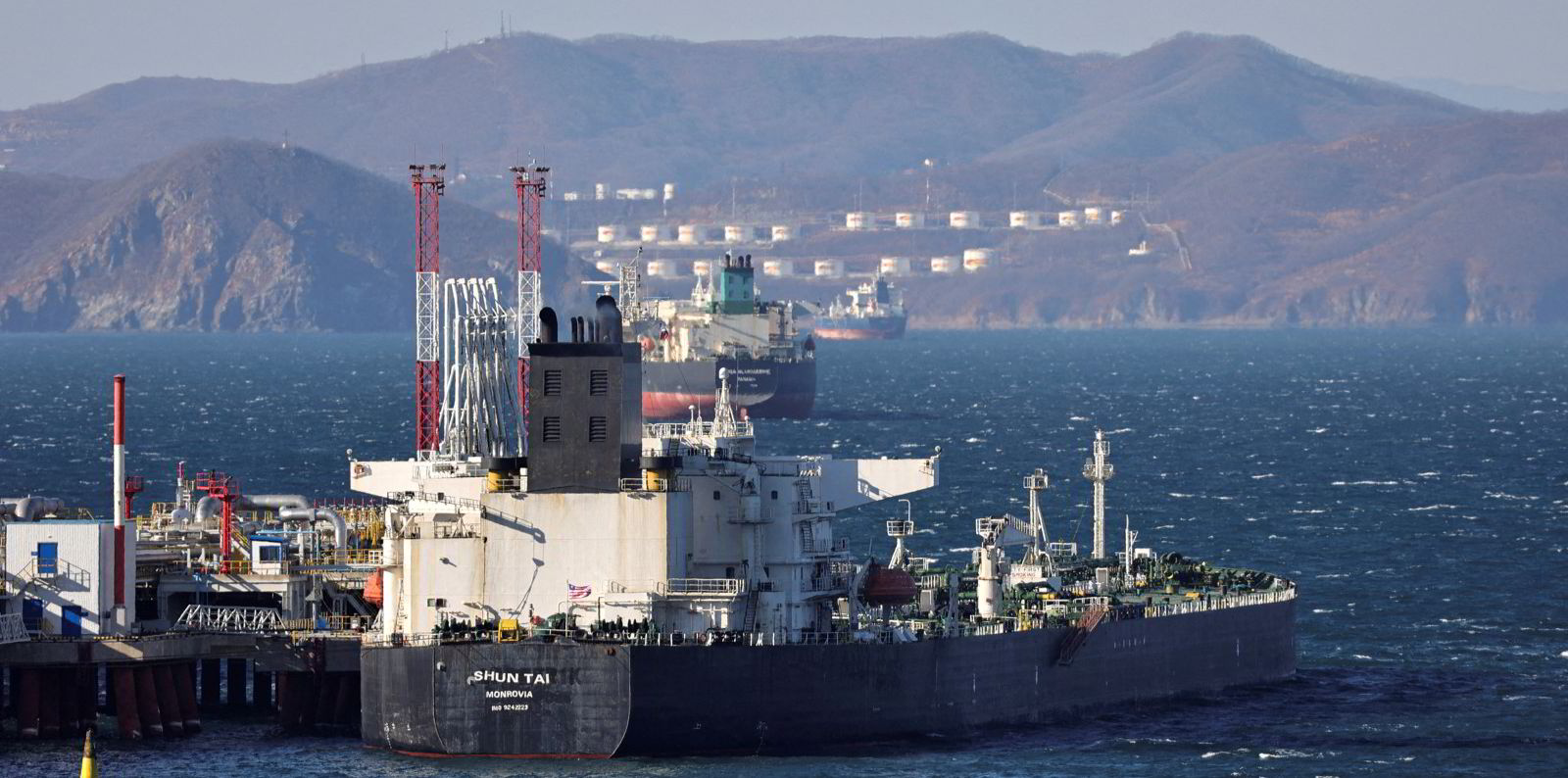US authorities have warned oil tanker owners and operators to be on alert for violations of the G7-approved price cap on Russian oil as Moscow ramps up crude exports to Asia from ports in its far eastern region.
The warning came just days after state-controlled oil pipeline operator Transneft announced the completion of an upgrade project to offer domestic oil producers additional transportation capacity from West Siberia to the port of Kozmino, in Russia’s far-east.
The US Department of the Treasury said service providers running foul of the price cap, even inadvertently, could be excluded from a “safe harbour” provision in the price cap rules.
The mechanism protects providers from legal prosecution if they comply in good faith with applicable record-keeping and attestation processes covering transportation of Russian oil.
Last week, Transneft said it had successfully re-commissioned oil transshipment facilities at the Meget and Gruzovaya rail terminals that have been idle since 2014.
“The operator is now waiting for decisions of oil producers to transport additional oil cargoes from West Siberia to Kozmino,” Transneft deputy executive board member Sergey Andronov said in a statement.
Article continues below the advert
Under Transneft’s plan, light low-sulphur oil from West Siberia can now be shipped by pipeline to Meget, in East Siberia, then loaded onto rail tankers and transported to Gruzovaya from where it can shipped to international destinations via Kozmino.
The new route will bypass a 2000-kilometre final segment of the East Siberia–Pacific Ocean (ESPO) pipeline from East Siberia to Kozmino, which is operating above nameplate capacity as Transneft mixes anti-friction additives to increase flows.
The Meget–Gruzovaya rail route could add an estimated 142,000 to 300,000 barrels per day of Russian oil export capacity to Asia, based on data before 2014 when the route was in operation.
Last year, Transneft shipped about 810,000 bpd of West Siberian oil via the ESPO pipeline, according to Tokarev, sold in Asia as ESPO Blend.
The blend usually traded at a premium to North Sea benchmark Brent before the Russian invasion of Ukraine in February 2022 but slid below the benchmark after the introduction of international sanctions against Russia and its corporations.
ESPO Blend changed hands at a discount of $9 per barrel against Brent earlier this week, according to price portal Oilprice.com, implying that it was sold at about $15 per barrel above the price cap of $60 per barrel approved by G7 countries last December.
Price cap warning
The Treasury Department’s Office of Foreign Assets Control said in a circular that it is aware of reports that ESPO Blend and other Russian crude exported from eastern ports may be trading above the price cap and may be using covered services provided by US citizens.
It noted that these US service providers may be unaware that they are violating the price cap rules if non-US persons involved in exports have given incomplete or false documentation or used other deceptive practices, such manipulation of Automatic Identification Systems (AIS) data on of tankers calling at Russian ports.
US persons providing covered services to tankers should view AIS manipulation as “evidence of possible evasion of the price cap”, the circular said.
“A refusal by a counterparty to provide documentation showing Russian oil or Russian petroleum products were purchased at or below the price cap should be considered a red flag for possible evasion of the price cap,” the document said.

